
- Home
- Brand
- Era
- Game Name
- Platform
- Gamecube (2)
- Microsoft Xbox (7)
- Microsoft Xbox 360 (9)
- Microsoft Xbox One (7)
- Multi-platform (2)
- Nintendo 3ds (8)
- Nintendo Ds (4)
- Nintendo Game Boy (6)
- Nintendo Gamecube (6)
- Nintendo Nes (2)
- Nintendo Switch (12)
- Nintendo Wii U (2)
- Sega Dreamcast (4)
- Sega Master System (3)
- Sega Mega Drive (9)
- Sony Playstation 1 (12)
- Sony Playstation 2 (13)
- Sony Playstation 3 (10)
- Sony Playstation 4 (16)
- Sony Psp (4)
- Other (3105)
- Publisher
- Type
- Action Figure (36)
- Album (17)
- Beanies (17)
- Box Set (27)
- Cigarette Lighters (15)
- Comic Book (59)
- Complete Game (16)
- Eau De Parfum (20)
- Eau De Toilette (15)
- Figurine (51)
- Game Board (16)
- Handheld System (18)
- Home Console (20)
- Novel (24)
- Print (107)
- Single (17)
- Soft Toys (21)
- Sunglasses (32)
- Trainer (34)
- Wristwatch (90)
- Other (2591)
Peter Brown VERY RARE! THE WORLD OF LATE ANTIQUITY 1st Edition/1st Printing HC
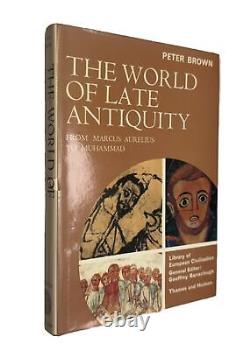
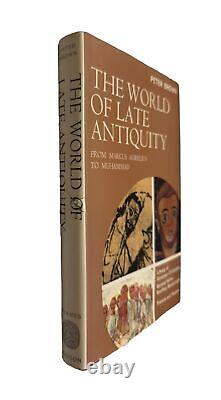

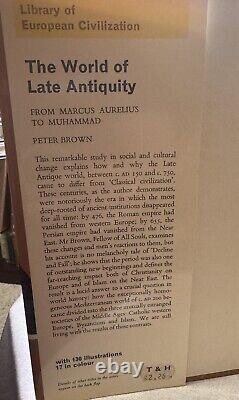
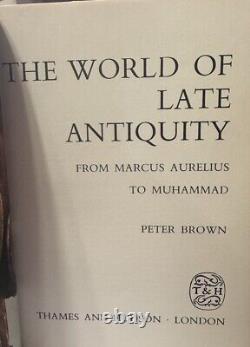
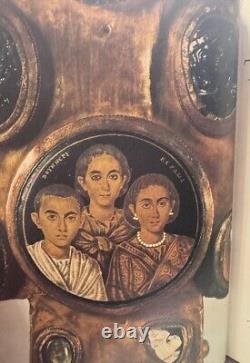
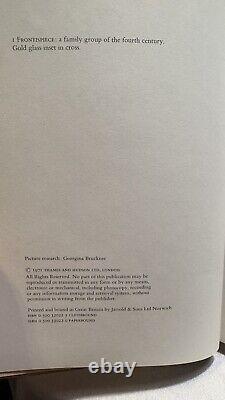
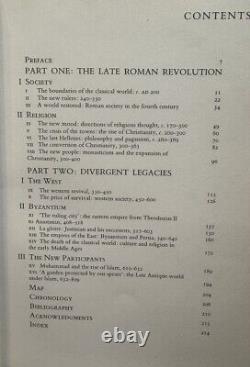
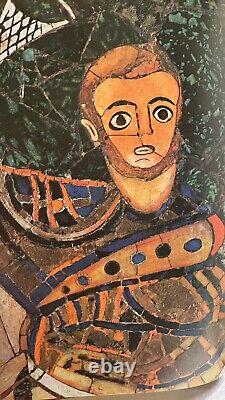
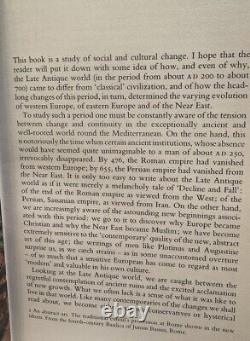
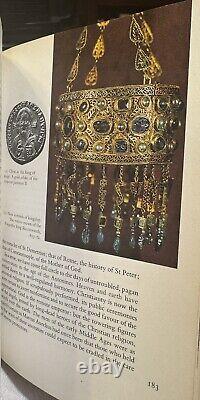

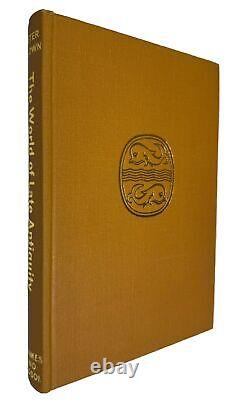





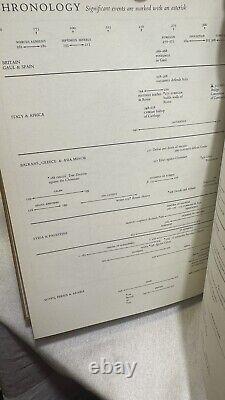
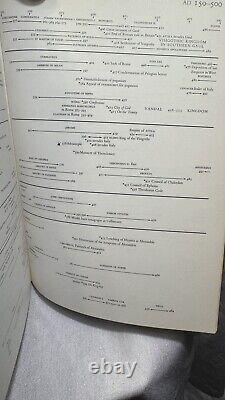


VERY RARE 1ST HARDCOVER PRINTING OF THIS LANDMARK WORK WHICH CONVINCINGLY CHALLENGED GIBBONS' WORK (The History of the Fall and Decline of the Roman Empire) AND REDEFINED THE DARK AGES AS'LATE ANTIQUITY. It is considered a masterpiece of historical writings. It has been reprinted numerous times; this is the very rare first hardcover printing.
Published in 1971 by Thames and Hudson. In original brown cloth with gilt lettering and decoration. Profusely illustrated throughout within text and with full-page plates.
130 illustrations, 17 in color. 203 [pp] with 13 additional pages of maps, chronology timeline, bibliography and index. Peter Robert Lamont Brown FBA (born 26 July 1935) is an Irish historian.
He is the Rollins Professor of History Emeritus at Princeton University. Brown is credited with having brought coherence to the field of Late Antiquity, and is often regarded as the inventor of said field. His work is concerned, in particular, with the religious culture of the later Roman Empire and early medieval Europe, and the relation between religion and society.
Heineken Prize for History (1994); Kluge Prize (2008); Balzan Prize (2011); Dan David Prize (2015). The World of Late Antiquity was one of the first in the anglophone world to consider late antiquity as a distinct historical era. Brown offered a radically new interpretation of the entire period between the second and eighth centuries AD. The traditional interpretation of this period was centred around the idea of decadence from a'golden age', classical civilisation, after the famous work of Edward Gibbon The History of the Decline and Fall of the Roman Empire (1779). On the contrary, Brown proposed to look at this period in positive terms, arguing that Late Antiquity was a period of immense cultural innovation. This remarkable study in social and cultural change explains how and why the Late Antique world, between c. Came to differ from'Classical civilization.These centuries, as the author demonstrates, were the era in which the most deeply rooted of ancient institutions disappeared for all time. By 476 the Roman empire had vanished from western Europe; by 655 the Persian empire had vanished from the Near East.
Brown, Professor of History at Princeton University, examines these changes and men's reactions to them, but his account shows that the period was also one of outstanding new beginnings and defines the far-reaching impact both of Christianity on Europe and of Islam on the Near East. The result is a lucid answer to a crucial question in world history: how the exceptionally homogeneous Mediterranean world of c. Became divided into the three mutually estranged societies of the Middle Ages: Catholic Western Europe, Byzantium, and Islam. We still live with the results of these contrasts.The book is in beautiful NEAR FINE condition - square binding with firm hinges and joints. Just some very light rubbing to the heel of the spine and foxing on the text block page edges and a few spots on the endpapers. The interior text itself is clean with crisp white pages with no writing, stickers or ex libris marks.
The dust jacket is in VERY GOOD+ condition - unclipped, colorful and clean. Minimal edge wear but with some punctures/tears along the spine and spots of foxing on the reverse of the dust jacket else NEAR FINE. Please see pictures as they are an important part of the condition description. Please follow me as I have thousands of highly collectible books to list in the coming weeks and months!
